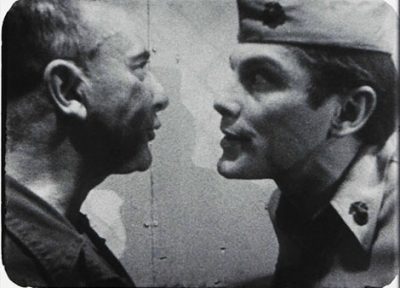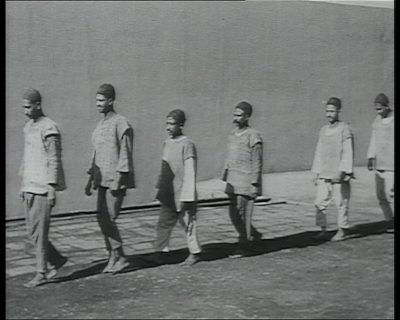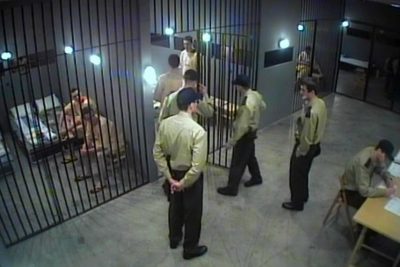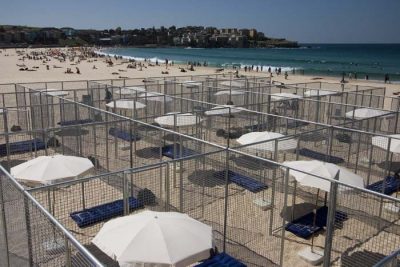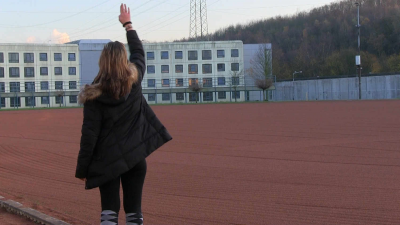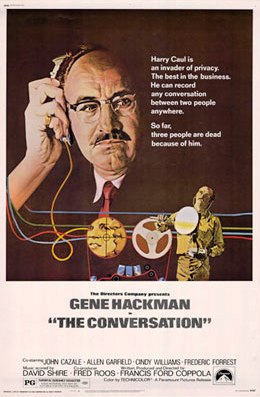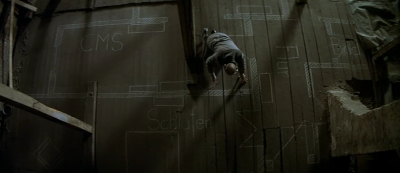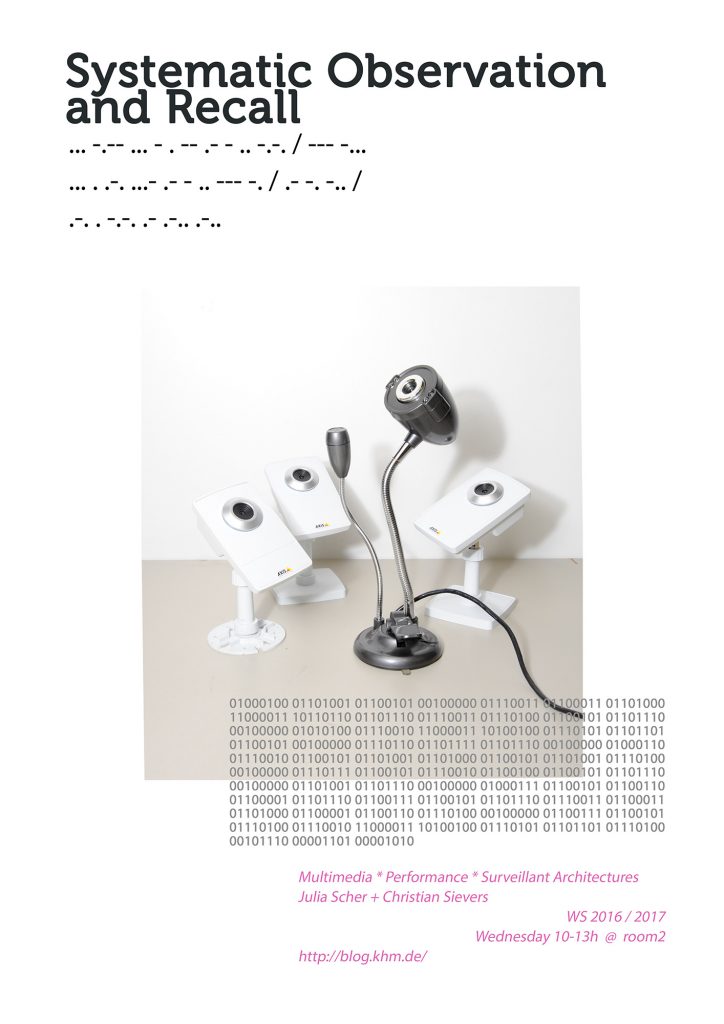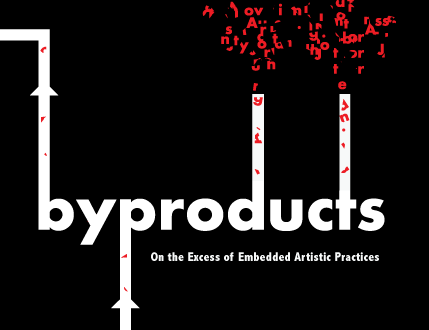*
Roshanak Zangeneh
Bilder im Kopf
Installation
Garderobe / Nebenraum
“(…) große, meist geschlossen siedelnde Gemeinschaft von Menschen mit gleicher Abstammung, Geschichte, Sprache, Kultur, die ein politisches Staatswesen bilden“, so wird „Nation“ im Duden definiert. Durch die Zeit des Nationalsozialismus ist der Begriff „Nation“ in Deutschland allerdings nach wie vor stark belastet. Als bei der Fußballweltmeisterschaft 2006 Millionen von schwarz-rot-goldenen Flaggen in Deutschland geschwenkt wurden, war dies für viele ein ganz neues Erlebnis: es erfolgte ein Tabubruch, auf den die junge Generation lange gewartet habe, berichtet mir ein zwanzigjähriger deutscher Fan. Auf den Spuren dieses Tabus wandelnd, beschäftigt sich „Bilder im Kopf“ mit den Begriffen „Nation“ und „Nationalgefühl“.
*
Evamaria Schaller
seelenraub
Video, Performance, Fotografie, Intervention.
Garderobe und anderswo
Der Seelenraub. Jedes Foto raubt dem fotografierten Objekt ein Stück Seele.
Das Polaroid. Durch die Einstellung der Produktion wird der Fotografie ein Stück Geschichte geraubt.
Vogelsang. Ein Unort.
Details des Ortes werden fotografiert. Durch das Zurücklassen des Polaroids an der Stelle wird der Versuch unternommen, dem Ort Seele einzuhauchen. Ein Video dokumentiert die Aktion. Das eigentliche Werk ist nicht das Video, sind nicht die Polaroids. Das tatsächliche Werk ist die Auseinandersetzung im Moment des filmischen Eindringens in einen Ort in Relation zum eigenen Körper. Die Wahrnehmung im Moment lässt das körperliche Gefühl in den Vordergrund treten, im Bewusstsein an einem aufgeladenen Ort zu stehen.
*
Theresa Krause
Zone für freie Kommunikation
Installation
Adlerhof / Wandelhalle
Massenrituale – im Gleichschritt marschieren, z.B. – sind Bestandteil jeglicher militärischer Erziehung: zur Prägung von Gemeinschaftsgefühl und gleichzeitig zur Stärkung der Hierarchien. Es wird vorausgesetzt, dass alle die gleiche Meinung haben. Eine andere Möglichkeit wäre, unterschiedliche Denkweisen zu beachten, freie Meinungsäußerung zu fördern, sich auszutauschen, voneinander zu lernen und aufkeimende Konflikte zu diskutieren.
Die Installation “Zone für Freie Kommunikation” besteht aus einem Tisch und zwei Stühlen (aus der Zeit der belgischen Besatzung der Anlage Vogelsang). BesucherInnen sind eingeladen, sich zu setzen, um sich miteinander zu unterhalten. Ein Schild stellt die Frage “Wollt ihr die totale Demokratie?”. Die militärische Anmutung soll an die vielen Schilder mit Instruktionen erinnern, die man auf dem Gelände findet.
Aino Korvensyrjä
ruiniert in transit
Bustour 1 und 2
Busstop und anderswo
Die Vergangenheit ist kein entfernter Ort, der unbeweglich und still auf Besucher wartet. Sie ist eher etwas, was jetzt passiert: eine Landschaft im Bau. Die Bustouren ruiniert in transit laden das Publikum zu einem mobilen Landschaftserlebnis in der exotischen Eifel ein, auf dem Weg zur ehemaligen NS-“Ordensburg“ Vogelsang zu fragen, was zum Bild einer Landschaft, was zur Geschichte eines Ortes gehört.
Auf dem Weg von/nach Vogelsang werden die Besucher zu den Ruinen von ehemaligen Asylbewerberunterkünften in der Umgebung des Geländes geführt (17.10.09 Kall-Golbach; 18.10.09 Mechernich-Satzvey).
ruiniert in transit 1
Samstag 17.10.09 rundfahrt
12.35 vogelsang adlerhof
13.00 kall bahnhof *
13.05 kall golbach
14.05 vogelsang adlerhof
* zum Zusteigen von RB 11115, Ankunft: Kall Bahnhof um 12.51, Abfahrt: Köln HBf um 11.46.
ruiniert in transit 2
Sonntag 18.10.09
hinfahrt
11.30 kunsthochschule für medien köln, filzengraben 2
11.40 humanwissenschaftliche fakultät, universität köln, frangenheimstrasse 4
12.40 mechernich satzvey
13.55 vogelsang adlerhof
rückfahrt
18.00 abfahrt vogelsang adlerhof **
19.20 uni köln, frangenheimstrasse 4
19.30 khm, filzengraben 2
** Frühere Rückfahrt möglich mit Nationalpark Shuttle SB82 15.05 h, 16.05 h , 17.05 h ab Adlerhof nach Kall Bahnhof (kostenlos).
Die Teilnahme an den Touren ist kostenlos. Voranmeldung bis zum 15.10.09 (Email: presse [at] khm [dot] de, Tel: 0221 20189135, Juliane Kuhn). Die Touren werden auf Video dokumentiert.

